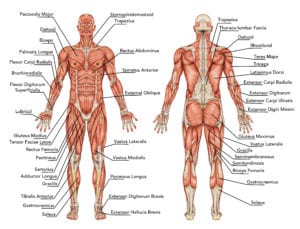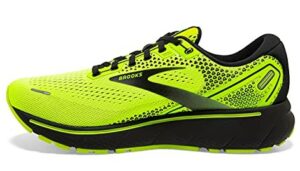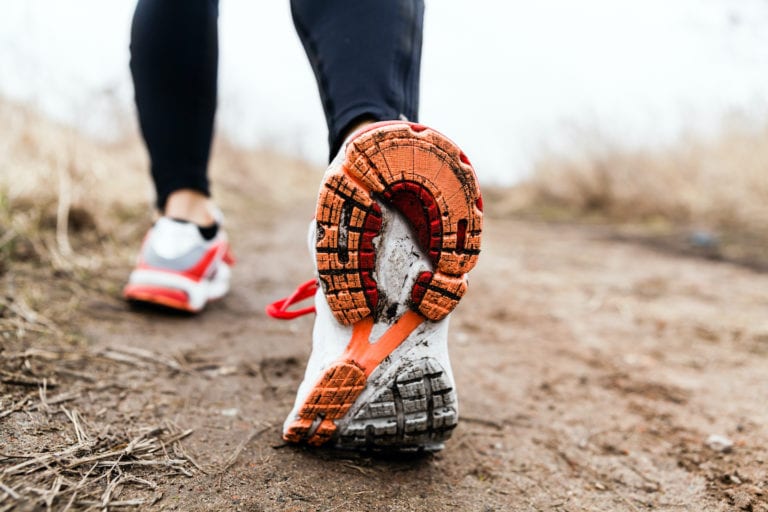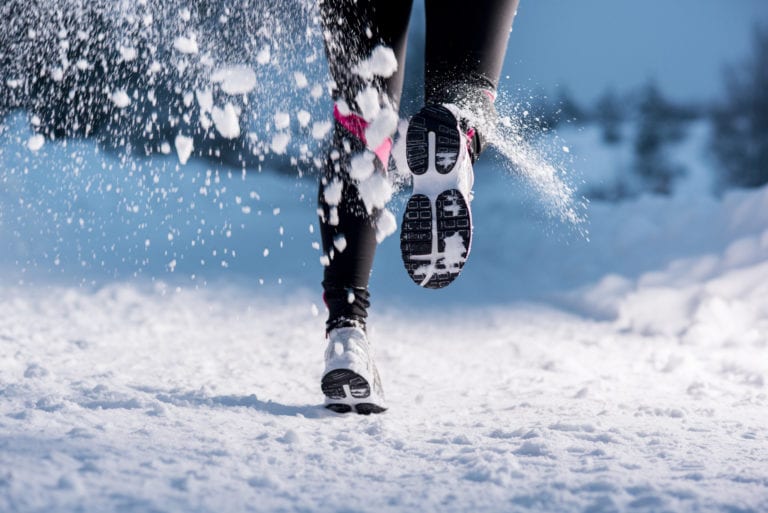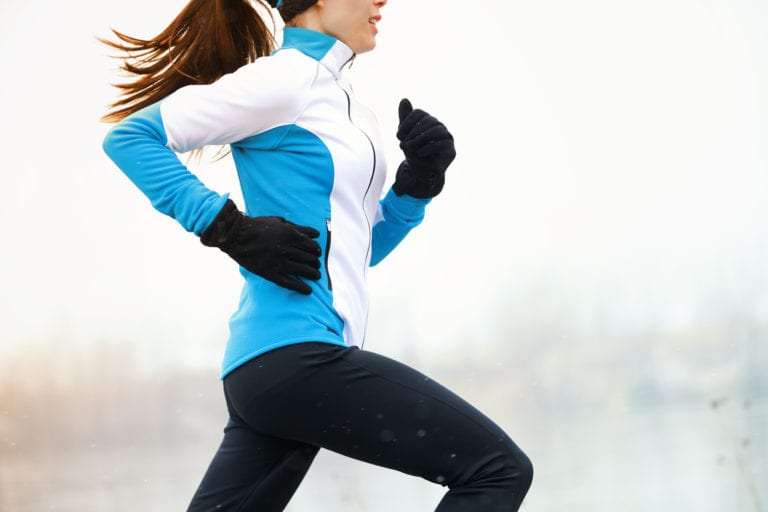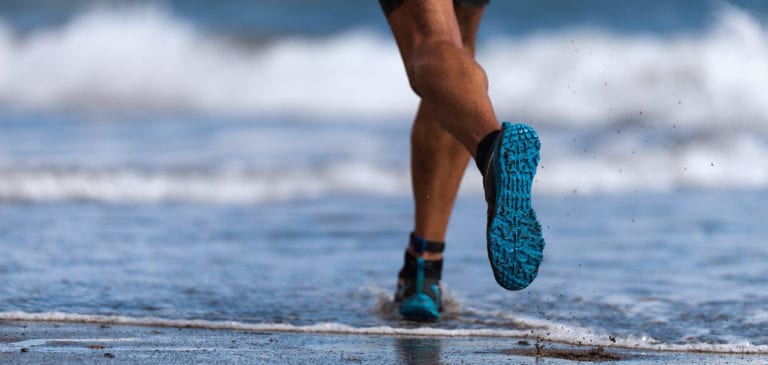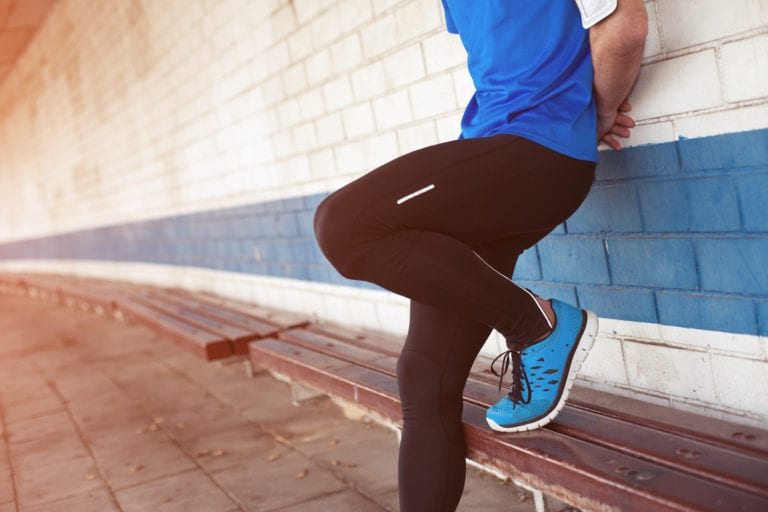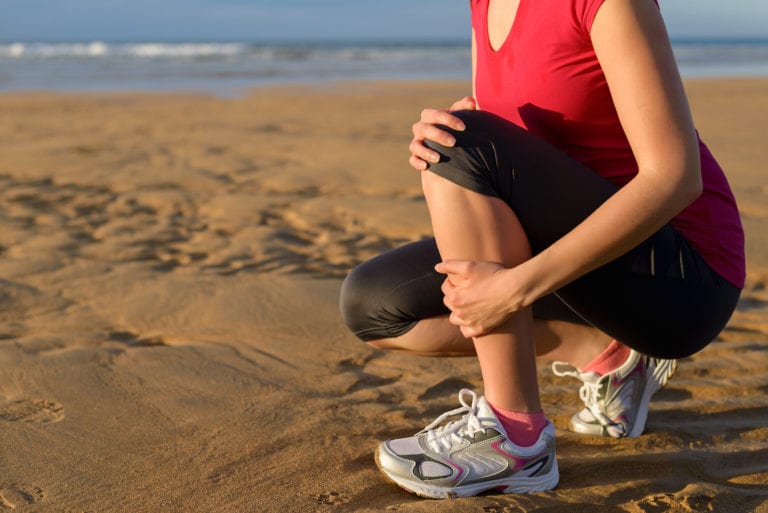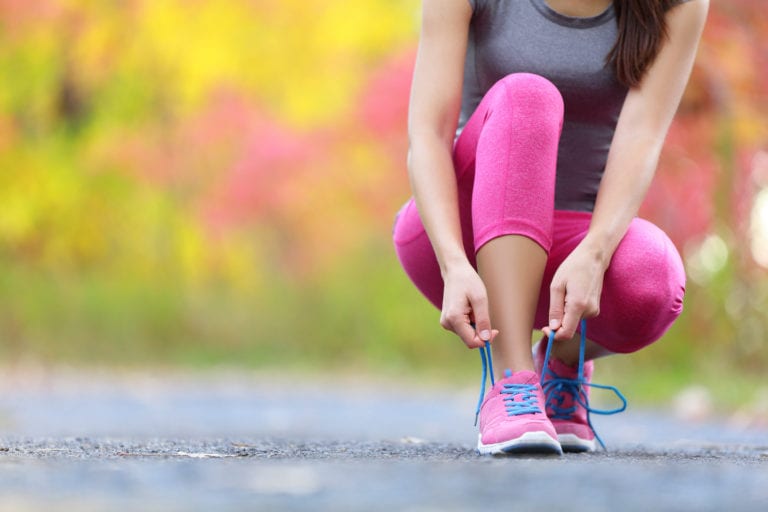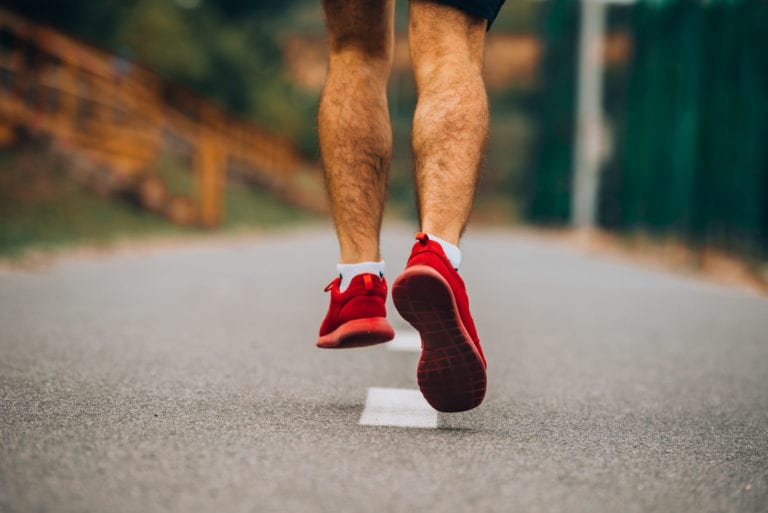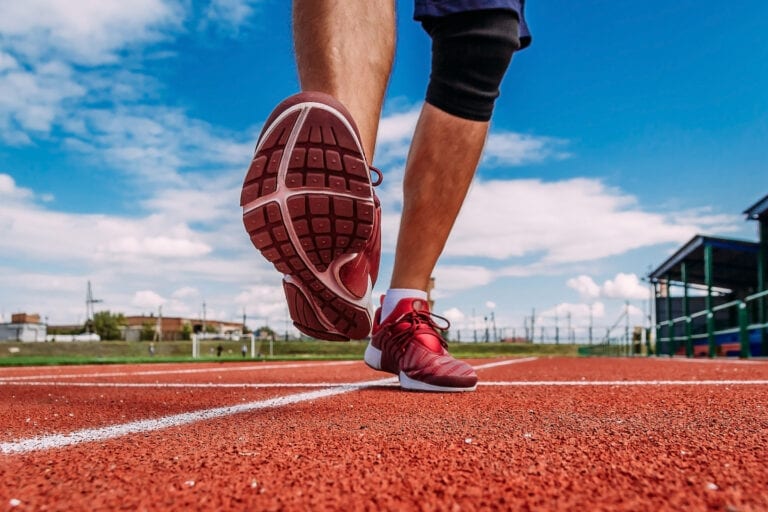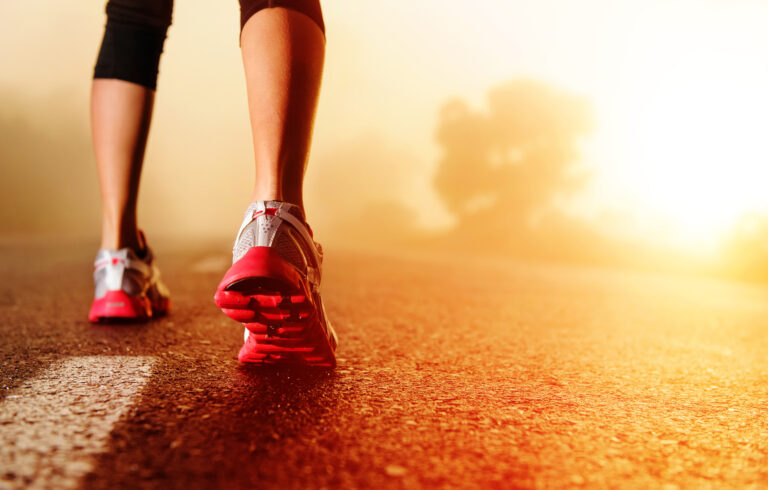Running is great exercise and comes with many health and mental benefits. However, if you suffer from chafing, you are likely in too much pain to enjoy your run. While some people suffer from chafing more than others, anyone who runs frequently can have trouble with it.
Whether you have a history of chafing or if you’re new to running and want to know how to prevent chafing while running, this post will cover prevention in all of the most common areas.
What Is Chafing?
Chafing is a painful skin irritation caused by friction, moisture, and certain types of fabric. Running brings together these three factors as your skin is rubbing against itself or your clothing and you’re likely sweating. During a long run, two areas of your skin can have a significant amount of contact.
Chafing usually appears as a red rash, but you can also experience bleeding, swelling, and crusting. It’s usually a slightly painful annoyance, but in some cases, it can be quite severe.
Where Are You Most Likely to Chafe While Running?
Chafing tends to occur in places where your skin is rubbing against your skin or where your clothing is rubbing against your skin. Chafing can be compounded in areas of friction where sweat also tends to gather. Some of the most common chafing locations include:
- Armpits
- Thighs
- Groin
- Nipples
You can also experience chafing in places where your clothes fit closer to the body, such as bra straps or underwear bands. Fat rolls and other areas where your skin is looser can chafe.
How to Prevent Chafing in the Most Common Body Parts
Fortunately, chafing is usually preventable. While there are some basic things you can do, there are also specific strategies for each part of the body.
Armpit Chafing
You sweat more in your armpits and your skin is rubbing against itself, making the armpits a common area for chafing. Stubble can lead to chafing, so it’s important to either make sure you’re freshly shaved before running or let your armpit hair grow longer.
You also want to be careful about the deodorant you use. One that turns into a powder as it dries will keep the area drier than a regular stick. You should also use a lubricant to prevent friction.
You should wear shirts that are made of moisture-wicking fabric, not cotton. Make sure the sleeves or seams of your shirt aren’t too tight or try to find shirts without a seam to prevent friction.
Thighs
Even runners with thin legs can experience thigh chafing as their legs are rubbing together more than any other part of your body. One of the best ways to prevent thigh chafing is to wear compression shorts or tights that cover the problem areas. Try to find seamless ones, as seams can create a new problem.
If you need some extra coverage, use a lubricant on the worst spots before putting on your compression shorts. If moisture is causing the issue, use a cornstarch-based or sports powder to keep the area dry.
If you feel uncomfortable running in compression shorts or tights alone, you can always wear them under shorts, pants, or a running skirt.
Groin Chafing
While chafing in the groin area is more typical among men, women can chafe in this area as well. It’s imperative to use lubricant in this area before running. You may need to reapply mid-run if the issue persists. (Be sure not to get the lubricant on the urethra or vagina as it can be irritating.)
As with the armpits, stubble in the groin area can cause chafing. Keep the area freshly shaved or let the hair grow longer. If your underwear is causing the chafing, be sure to lubricate the area around the leg bands.
If you wear compression or bike shorts, they should fit well, but shouldn’t be too tight or bunch up in the groin area. Try to find shorts without seams as well.
Nipples and Chest
The nipples are one of the most painful places to experience chafing. You need to pick a sports bra that is made for runners. It should be made of soft material and have wider straps. Make sure you get the right fit, because either too loose or too tight can cause chafing.
If you’re male and experience nipple chafing from your nipples rubbing against your shirt, you can cover them with a bandage or find a product like NipGuards that are made specifically to prevent nipple chafing. If you’re still experiencing issues, use a lubricant to keep your nipples from rubbing.
If you experience breast area chafing, be sure to wear the right type of sports bra and use cornstarch or sports powder to keep the area dry.
Other Methods for Preventing Chafing
In addition to following the specific suggestions above, there are also some general things you can do to prevent chafing while running.
Keep Dry
Since chafing can be caused by a buildup of moisture and you’re likely to sweat a good deal while running, you have to find methods to keep your skin dry. Powder can be helpful. Be sure to choose a cornstarch-based or sports powder. Don’t use talcum powder as some brands contain asbestos and can be harmful to your health.
Many people just use a powder or deodorant under the arms, but before running you need to put the powder in all of the crevices in your skin. These are the places where chafing is most likely to occur.
Use Lubrication
As you run more often, you may start to identify your problem spots. These areas should be well-lubricated before (and possibly during) your run. If you plan to do a much longer run than usual, you may want to lubricate even more areas as longer runs can cause chafing in new places.
For lubrication, you don’t have to buy a fancy product; many runners use petroleum jelly. Many lubricants are specially formulated for runners.
Hydration is Key
There are many reasons you should stay hydrated while running, including it can prevent chafing. When you sweat, if you aren’t properly hydrated, the sweat may dry into salt crystals. These crystals can rub against your skin and cause chafing.
If you run regularly, you should stay hydrated throughout the day. Make sure to drink extra water before, during, and after you run. Proper hydration aids in perspiration and prevents salt crystals.
Wear the Right Clothing
While many people believe that you can run wearing just about anything, clothes designed specifically for running help with your performance and can prevent chafing. Avoid wearing cotton as it’ll just hold in the moisture when you sweat.
Instead, choose moisture-wicking fabrics. Check the tags when you buy. Some brands will include information on the type of weather the gear is designed for. You’ll need different clothes for running in hot and
cold weather.
Choose clothes that fit snugly. Loose clothing can bunch up and lead to chafing. Look for materials like spandex, lycra, or polypropylene.
How to Treat Chafing
Even with the best precautions, you may still have some chafing. If you feel yourself start to chafe while running, you need to stop immediately. Continuing will only make it worse. Wash the area with a bar of mild soap and water and cover with a bandage. If you’re in a situation where you can’t stop running, stop for a few moments and put on some lubricant. Change into dry clothes if you can.
If you’re chafed, you should treat the area like any other wound. After washing, pat dry, and use gauze. Don’t use hydrogen peroxide or rubbing alcohol on the affected area. If you need additional treatment, use petroleum jelly. Only use an antibiotic ointment if the area looks infected.
The chafing will eventually heal by scabbing over, just like any other wound. You must abstain from running while the chafe marks are healing, as running will exacerbate the issue. When you return to running, be sure to lubricate, stay dry, and wear the proper clothing. If chafing continues even after you’ve tried all preventative methods, you may need to take up a different form of exercising.
When You Need to See a Doctor
While chafing usually isn’t serious, there are some cases where you need to see a doctor. If the area looks like it’s becoming infected, you should call your doctor. You may need an antibiotic.
Some indicators of infection include redness, especially redness that appears to be moving away from the site, swelling, and skin that is hot to the touch. If the wound doesn’t scab over after a couple of days or if the wound is bleeding or oozing pus, you should also see a doctor.
Final Thoughts
So, how to prevent chafing while running? Chafing can be both painful and annoying, and while it’s common among runners, you don’t have to let it ruin your run. If you follow the rules of staying dry and lubricated along with wearing the proper running clothes, you should be able to prevent chafing and get back to running your favorite trails.

